Growing Prevalence of STDs
The rising incidence of sexually transmitted diseases (STDs) in South America is a crucial driver for the std testing-devices market. Recent data indicates that the prevalence of STDs has increased by approximately 30% over the past decade, prompting a heightened demand for effective testing solutions. This trend is particularly evident among younger populations, where awareness and proactive health measures are becoming more common. As public health initiatives focus on reducing transmission rates, the std testing-devices market is likely to experience significant growth. Increased funding for sexual health programs and campaigns aimed at educating the public about STDs further contribute to this demand, creating a favorable environment for the development and distribution of testing devices.
Government Initiatives and Funding
Government initiatives aimed at combating STDs in South America play a pivotal role in shaping the std testing-devices market. Various countries in the region have implemented policies to enhance access to sexual health services, including testing and treatment. For instance, increased funding for public health campaigns and subsidized testing programs has been observed, which encourages individuals to seek testing. In 2025, it is estimated that government spending on sexual health initiatives will reach approximately $500 million, reflecting a commitment to improving public health outcomes. These initiatives not only raise awareness but also facilitate the availability of testing devices, thereby driving market growth.
Cultural Shifts Towards Sexual Health
Cultural attitudes towards sexual health in South America are gradually evolving, contributing to the growth of the std testing-devices market. There is a noticeable shift towards openness regarding sexual health discussions, particularly among younger generations. This change is fostering an environment where individuals are more willing to seek testing and treatment for STDs. Social media campaigns and educational programs are playing a vital role in normalizing conversations about sexual health, which may lead to increased demand for testing devices. As societal norms continue to shift, the market is likely to benefit from a more informed and proactive population.
Rising Demand for Preventive Healthcare
The increasing focus on preventive healthcare in South America is driving the std testing-devices market. As individuals become more health-conscious, there is a growing recognition of the importance of regular testing for STDs as a preventive measure. This trend is supported by healthcare providers who advocate for routine screenings, particularly for at-risk populations. The market is expected to expand as more individuals prioritize their sexual health and seek out testing options. In 2025, it is projected that the demand for preventive healthcare services will increase by approximately 25%, further bolstering the need for effective std testing devices.
Technological Advancements in Testing Devices
Technological innovations in the development of std testing devices are significantly influencing the market landscape in South America. The introduction of rapid testing kits and point-of-care testing solutions has revolutionized the way STDs are diagnosed. These advancements allow for quicker results, often within minutes, which is particularly appealing in regions with limited access to healthcare facilities. The std testing-devices market is witnessing a shift towards more user-friendly and efficient testing methods, which could potentially increase testing rates. As technology continues to evolve, manufacturers are likely to invest in research and development, further enhancing the capabilities and accuracy of testing devices.


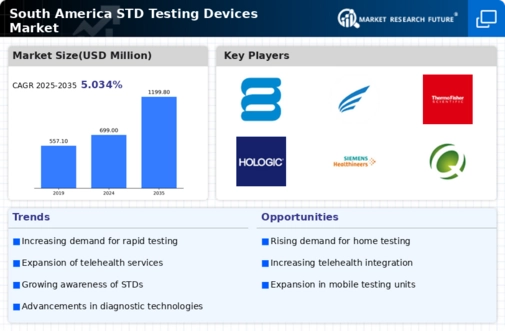
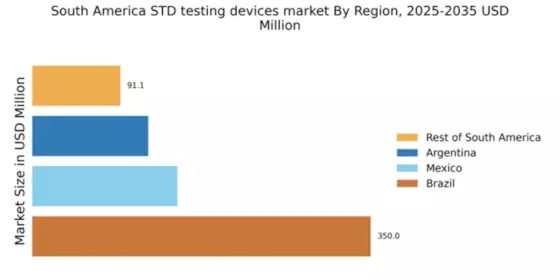
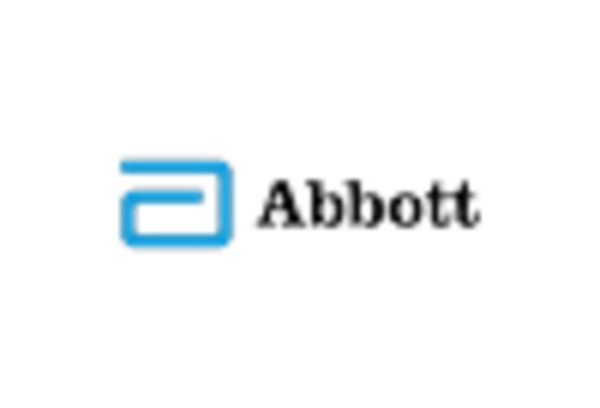
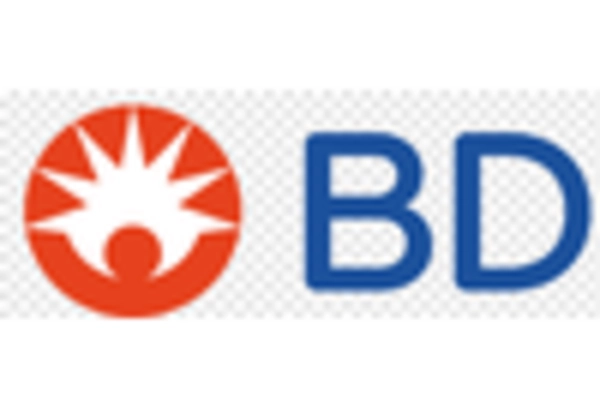
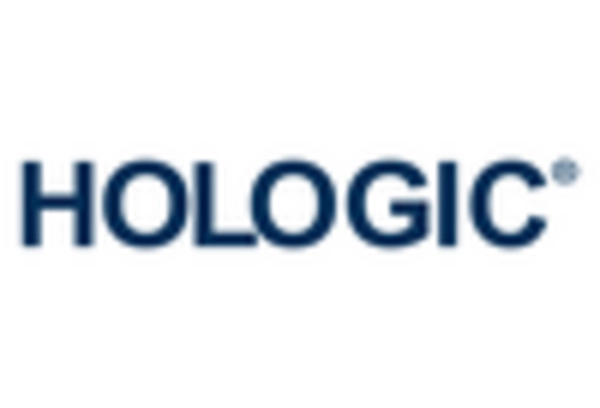
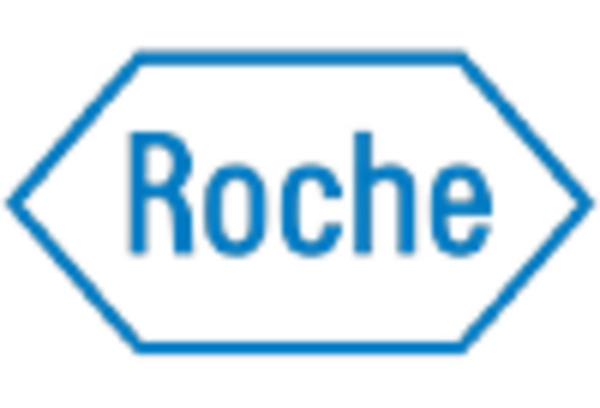
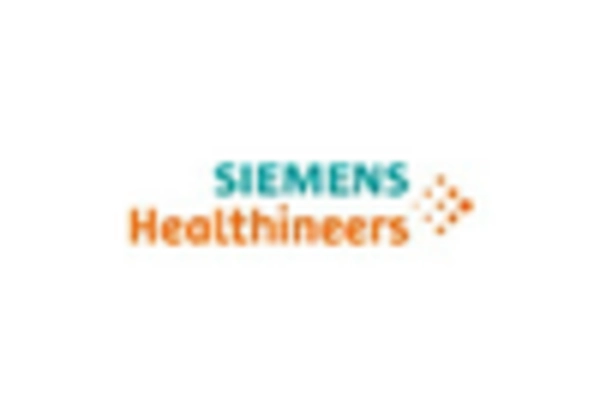
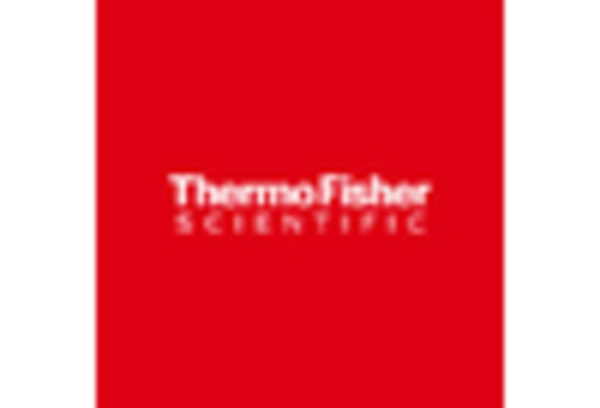








Leave a Comment